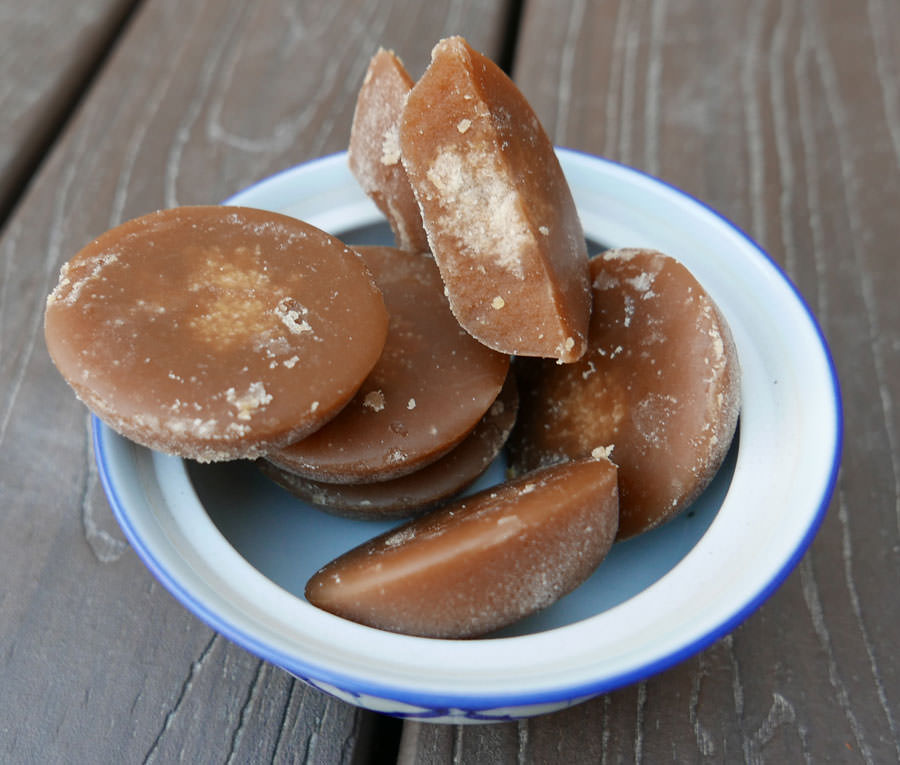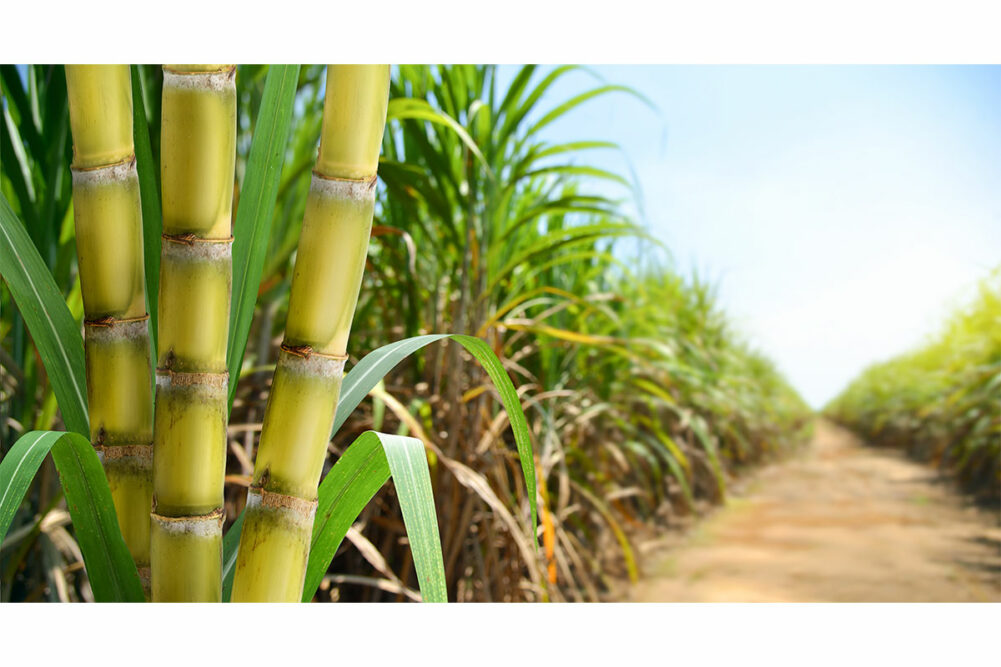Cane Sugar Processing: Trick Technologies for Superior Sugar Production
Cane Sugar Processing: Trick Technologies for Superior Sugar Production
Blog Article
A Comprehensive Guide to the Environmental Influence and Sustainability Practices in Cane Sugar Processing
The environmental influence of walking cane sugar handling provides a complicated array of obstacles that warrant careful assessment. From soil destruction and excessive water usage to the carbon impact connected with cultivation and production, the effects of traditional practices are significant. In contrast, the adoption of cutting-edge sustainability procedures uses a path toward more accountable manufacturing approaches. Recognizing the interaction between these issues is essential for stakeholders in the sector. What details techniques can be carried out to strike a balance in between performance and environmental stewardship? The answers lie in a closer look at both the obstacles and potential options.
Summary of Cane Sugar Handling
Cane sugar handling involves a series of organized steps that transform sugarcane right into polished sugar. Initially, gathered sugarcane is moved to refining centers, where it undertakes cleaning up to eliminate soil and particles. Following this, the walking cane is crushed to extract juice, which is after that made clear by eliminating pollutants via heating and the addition of lime.
The clarified juice undertakes evaporation, where water is gotten rid of to focus the sugar material. This concentrated syrup is after that crystallized with air conditioning, allowing sugar crystals to create. These crystals are divided from the continuing to be syrup using centrifugation, resulting in raw sugar. To accomplish refined sugar, the raw item undertakes further purification processes, which might consist of filtering and washing to eliminate staying impurities and color.
The last item is then dried and packaged for circulation. Throughout this entire process, preserving effectiveness and quality assurance is necessary to make sure the sugar fulfills sector requirements. Each action in walking cane sugar handling not just adds to the end product yet also has implications for resource use and waste generation, setting the stage for discussions on sustainability and ecological effects related to sugar manufacturing.
Environmental Obstacles of Production
The manufacturing of cane sugar offers a number of significant environmental difficulties that warrant attention. One key worry is the considerable use agrochemicals, including pesticides and fertilizers, which can bring about dirt degradation, biodiversity loss, and contamination of neighborhood water resources. The overflow from sugarcane fields typically carries these chemicals into neighboring ecological communities, interrupting water life and influencing the health and wellness of neighborhoods reliant on these water bodies.
An additional obstacle is the high energy intake connected with sugarcane processing. The boiling and refining phases need substantial heat, mainly created by burning nonrenewable fuel sources, adding to greenhouse gas exhausts. Additionally, the expansive acreage needed for sugarcane cultivation can result in deforestation and habitat devastation, additional worsening climate modification and threatening wildlife.
Moreover, the labor methods in some regions elevate ethical concerns, as employees might face inadequate working conditions and insufficient salaries. This circumstance typically perpetuates a cycle of destitution in neighborhood areas. Cane Sugar Processing. Addressing these environmental difficulties is important for developing more sustainable techniques in walking stick sugar production, inevitably benefiting both the setting and the neighborhoods involved in this industry
Water and Land Usage Effect
Water resources and land use are essential components in the walking cane sugar industry that considerably impact the atmosphere. The growing of sugarcane calls for significant water input, with quotes suggesting that it can consume approximately 2,000 litres of water per kg of sugar generated. This extensive use water often leads to exhaustion of neighborhood water sources, influencing not just the sugarcane plantations however also surrounding ecological communities and areas that rely upon the same water resources for agriculture and residential usage.

Additionally, land usage for sugarcane growing can cause logging and the conversion of all-natural environments right into monoculture vineyards. This practice diminishes biodiversity, interferes with local ecosystems, and adds to soil destruction. The expansion of sugarcane areas usually trespasses on important agricultural land, producing competition for sources in between food and biofuel production.
Lasting techniques, such as optimizing irrigation strategies and carrying out plant turning, are necessary to reduce these influences. By adopting a lot more efficient water usage and land management approaches, the cane sugar market can minimize its eco-friendly impact, ensuring a balance in between farming productivity and environmental preservation.
Greenhouse Gas Emissions
Greenhouse gas emissions represent a significant ecological issue within the walking stick sugar handling market, especially as agricultural methods increase to satisfy international demand. The cultivation of sugarcane, a crop that grows in exotic environments, depends greatly on next page artificial plant foods and pesticides, which add to nitrous oxide discharges. Furthermore, land-use modifications, including logging for brand-new sugarcane vineyards, launch carbon dioxide saved in greenery and dirt.
During handling, energy consumption is an additional major source of greenhouse gas discharges - Cane Sugar Processing. Numerous sugar mills use nonrenewable fuel sources to power machinery and create warmth, resulting in significant carbon footprints. Furthermore, the transportation of raw sugarcane and ended up products includes layers of discharges via gas combustion in cars
This entails examining existing agricultural practices, processing approaches, and transport systems to identify locations for improvement and mitigation. Resolving greenhouse gas emissions is crucial for fostering a more lasting cane sugar industry in an altering climate.

Sustainable Practices and Innovations
Lasting techniques and advancements are increasingly vital in the walking stick sugar processing market as stakeholders seek to reduce ecological impacts while maintaining efficiency. One substantial innovation is the application of integrated plant administration, which enhances resource usage by combining soil monitoring, insect control, and crop rotation strategies. This technique enhances return while minimizing chemical inputs and protecting soil health and wellness.
Moreover, the fostering of sustainable power sources, such as biomass from sugarcane residues, has gained grip - Cane Sugar Processing. By transforming waste products into power, refining facilities can reduce their dependence on fossil gas, thereby reducing greenhouse gas exhausts
Water management techniques have likewise seen improvements with the recycling and reusing of water in processing plants, significantly reducing freshwater consumption. Technologies in technology, such as precision farming, make it possible for farmers to keep track of plant health and source use better, guaranteeing lasting growing techniques.
Furthermore, accreditation programs like Fair Trade and Rainforest Partnership encourage ecologically liable farming practices and advertise social equity within the supply chain. By accepting these sustainable methods and developments, the walking stick sugar processing market can boost its durability and add favorably to ecological stewardship.
Final Thought
The environmental effect of cane sugar handling presents significant difficulties, including soil deterioration, high water consumption, and greenhouse gas exhausts, alongside ethical problems connected to labor methods. Resolving these concerns with lasting methods, such as integrated plant monitoring, sustainable energy adoption, and water internet recycling, is important. By promoting socially equitable and eco accountable approaches in sugar production, the sector can alleviate its unfavorable results, making certain a more sustainable future for both neighborhoods and ecological communities associated with this industry.
Walking stick sugar processing includes a collection of organized actions that transform sugarcane into refined sugar. Each action in walking cane sugar handling not just adds to the last product but also has effects for source use and waste generation, establishing the phase for discussions on sustainability and environmental effects linked with sugar production.
Greenhouse gas emissions stand for a considerable environmental worry within the cane sugar handling market, especially as farming methods increase to satisfy worldwide demand.Lasting techniques and developments are significantly vital in the walking cane sugar processing market as stakeholders seek to reduce environmental influences while preserving efficiency.The environmental effect of walking stick sugar handling presents substantial difficulties, consisting of dirt destruction, high water consumption, and greenhouse gas emissions, click here now along with moral concerns related to labor methods.
Report this page